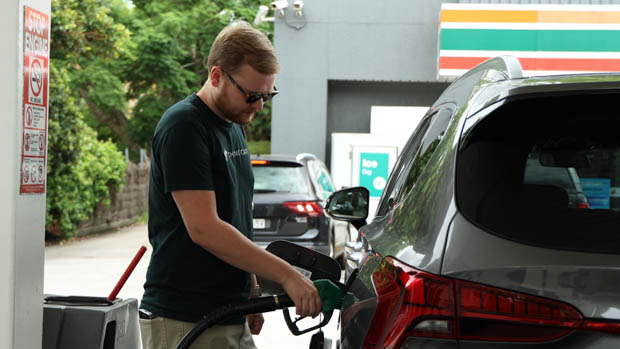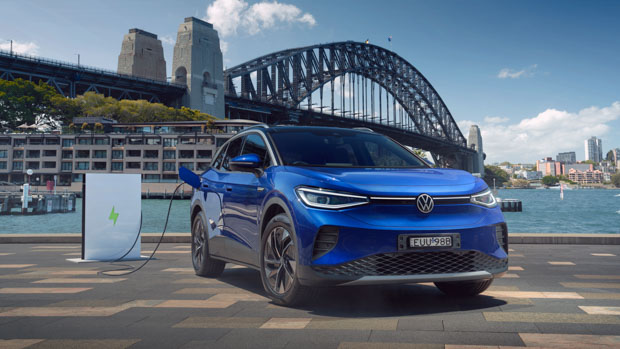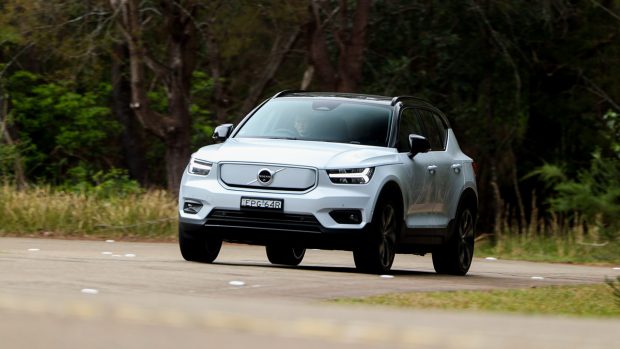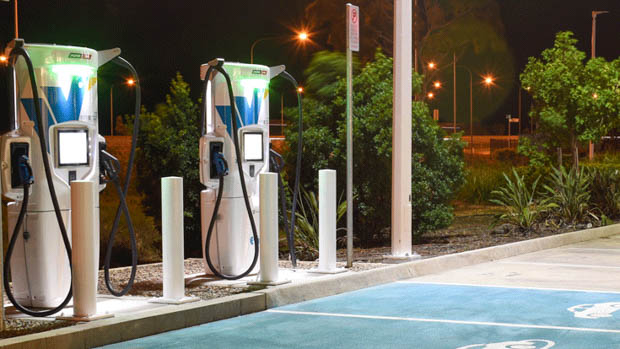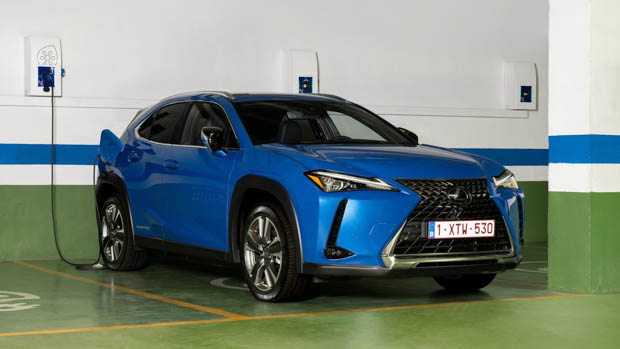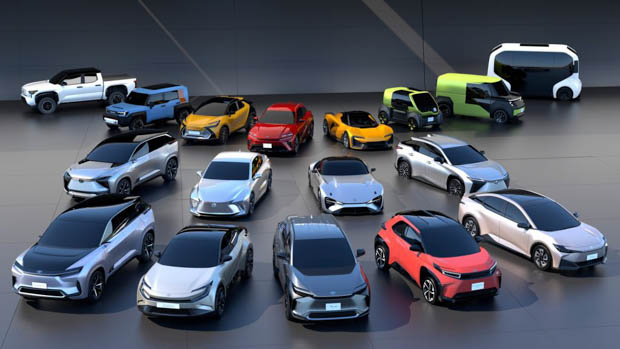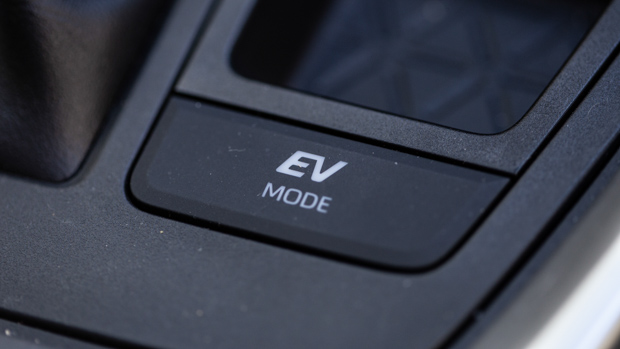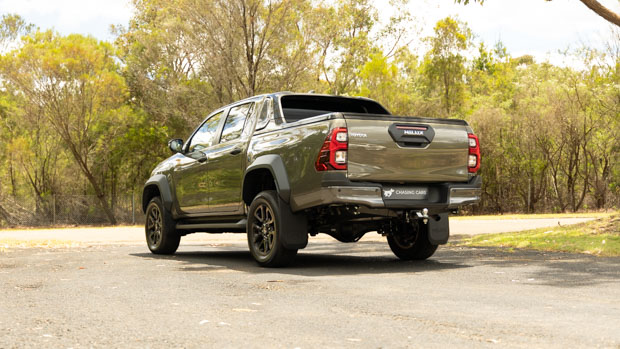-
Car Reviews
- All reviews
- Midsize SUVs
- Small cars
- Utes
- Small SUVs
- Large SUVs
- Large cars
- Sports SUVs
- Sports cars
- Vans
Latest reviews
- Car News
-
Car Comparisons
Latest comparisons
- Chasing Deals
The Australian Federal Government has today announced its roadmap for EVs in Australia
The federal government has today announced it will work towards implementing an EV strategy nationally, with a major review of said strategy to take place in 2026.
The government says it will work in consultation with key stakeholders, such as car industry figures and carmakers, on the design of an achievable fuel efficiency standard for passenger and light commercial vehicles.
Climate change minister Chris Bowen said that Australia and Russia were the only two countries without modern fuel standards and an EV plan.
“It’s years overdue for Australia … Fuel efficiency standards are an important step forward for our country and this commits the Albanese government to developing them”.
The federal government has six expected outcomes from the strategy:
Fuel efficiency standard to also be introduced, requiring car markers to meet certain emissions limits for their entire fleet.
In other countries, fuel efficiency standards have raised the quality of fuel available at the bowser, but they have also influenced carmakers to introduce more electric models – because EVs breeze through fleet emissions standards.
New Zealand first introduced the ‘Clean Car Discount’ in July of 2021, which saw incentives added to electrified vehicles when they were first registered.
The New Zealand plan could give a glimpse at a policy outcome that Australia could land on – or the local solution could be completely different.
In New Zealand, any car with a plug (be that pure EV or plug-in hybrid) is eligible for a healthy rebate.
Buyers could claim back $8625 on new BEVs and $5750 on new PHEVs, whilst the used-import equivalents saw rebates of $3450 and $2300 respectively.
Phase two of the programme kicked in on April 1 2022, and saw the scheme expanded to include all vehicles on sale.
It works off a vehicle’s C02 emissions, meaning vehicles that emit below 146g/km are eligible for a rebate, and vehicles that emit more than 196g/km would attract a fine. The vehicles that fall in the middle aren’t affected by the scheme.
Both the rebates and the fines are proportional to how far from the cutoff the car’s emissions are. Meaning that a lower-emitting city car would get a bigger rebate than a higher-emitting hybrid-powered performance car.
On top of the ‘Clean Car Discount’, New Zealand is planning on implementing the ‘Clean Car Scheme’ on June 1 of this year, which is targeted towards the automotive industry, instead of consumers.
Initially set to be put in place on January 1 2023, the government pushed the start date back due to a request from the industry.
Like the Clean Car Discount, the Clean Car Scheme works off C02 emissions, of which vehicle importers are expected to meet targets with each vehicle that is registered.
High emitting vehicles are able to be offset by lower emitting vehicles, but if the limit is breached, fines will be issued. Along the same lines, if an importer is under the limit, credits will be issued, which can be traded.
Australia is home to one of the largest light commercial vehicle industries in the world. The top two best-selling vehicles locally are the Ford Ranger and Toyota Hilux, both of which sold 47,479 and 64,391 units respectively during the year of 2022.
In a recent report by the Australia Institute, there are two tax settings that benefit those wanting to buy a utility vehicle. First is the temporary full expensing policy that basically allows the purchase of new business assets, including motor vehicles, to be claimed as “an immediate and full one-off tax-deductible expense.”
For passenger cars, there is a price limit of $60,000. However, for non-passenger vehicles that can carry more than a one-tonne payload, there is no price limit.
The second incentive is the loss carry back tax offset, which works “if the purchase of a new vehicle creates a net loss for a business, that loss can be applied to previous years’ profits to reduce the tax already paid on those previous profits, resulting in a cash refund”.
These policies therefore work to incentivise the sale of commercial utility vehicles that emit more emissions and potentially do more harm than good.
While most states in Australia offer some incentives for a new electric car purchase, they generally fall around the $3000 mark and are limited to a certain amount of new EV purchases. For example, in Queensland, only the first 15,000 cars will receive the incentive.
Latest news
About Chasing cars
Chasing Cars reviews are 100% independent.
Because we are powered by Budget Direct Insurance, we don’t receive advertising or sales revenue from car manufacturers.
We’re truly independent – giving you Australia’s best car reviews.
